Preventing catastrophe for amphibians worldwide
Amphibians are vital to planet Earth. As pivotal members of their natural communities, both as predators and prey, they are hugely important in maintaining healthy forests and wetlands.
Sadly, amphibians are the most threatened vertebrate group in the world, with over 40% believed to be threatened with extinction. Habitat loss is their main threat, however, they are being decimated by the deadly fungal disease chytridiomycosis, known as chytrid.
But Durrell can make a difference. We have a wealth of experience in field conservation, animal husbandry and training, underpinned and guided by science.
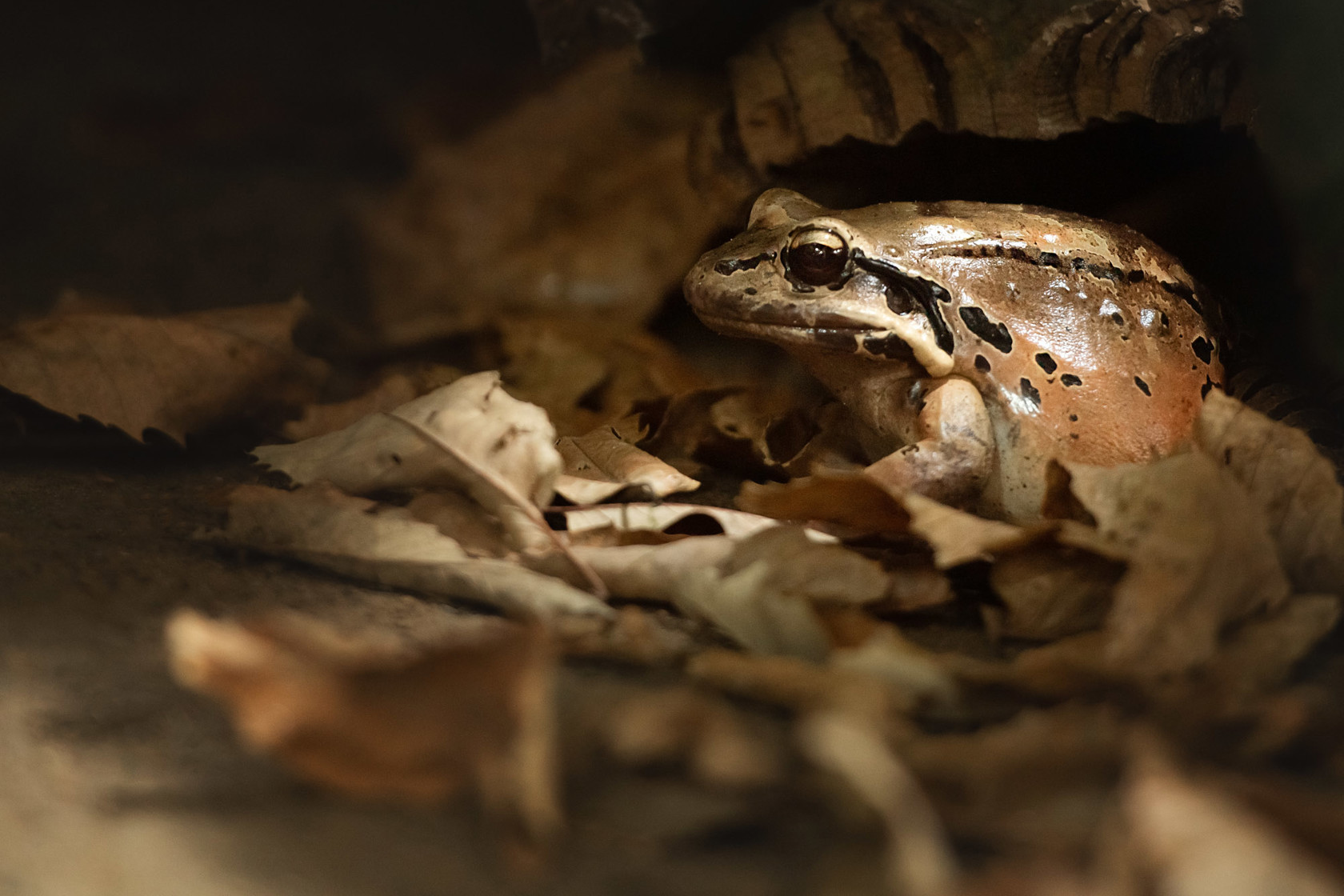
5
priority regions
40%
of amphibians at risk
8,000+
amphibian species globally
Mission: Secure the survival of amphibian species at five sites across the world’s highest priority regions for amphibian conservation.
Where we work
We will ensure amphibians are SAFE in five priority regions where there is a high risk of amphibian extinction. These are regions in which we have previous experience through our field or training programmes.
Madagascar: Fourth greatest number of endemic amphibian species
Madagascar is a global biodiversity hotspot, ranked fourth in the world for number of amphibian species found nowhere else. There are currently over 370 identified species, with at least 46% threatened with extinction.
Brazil: The country with the most amphibian species in the world
There are over 1,000 amphibian species in Brazil. The Atlantic Forest contains over 550 species, 80% of them found nowhere else on Earth.
Tropical Andes: World's highest number of threatened amphibians
Stretching from Venezuela in the north to Argentina in the south, this region has over 400 threatened amphibian species. Our focus will be in Bolivia, supporting the Bolivian Amphibian Initiative in their projects for the Titicaca water frog and three-coloured harlequin frog.
Caribbean: 90% of amphibian species threatened with extinction
This region is home to our longest running and flagship amphibian conservation programme, the Mountain Chicken Recovery Programme. The multi-partner project has been running since the 1990s on the islands of Dominica and Montserrat.
Jersey: an eye on the locally critically endangered agile frog
We have been supporting conservation efforts for the agile frog in Jersey for over 30 years. Restricted to just two sites in the south-west, the species is locally critically endangered and is the only population within the British Isles.
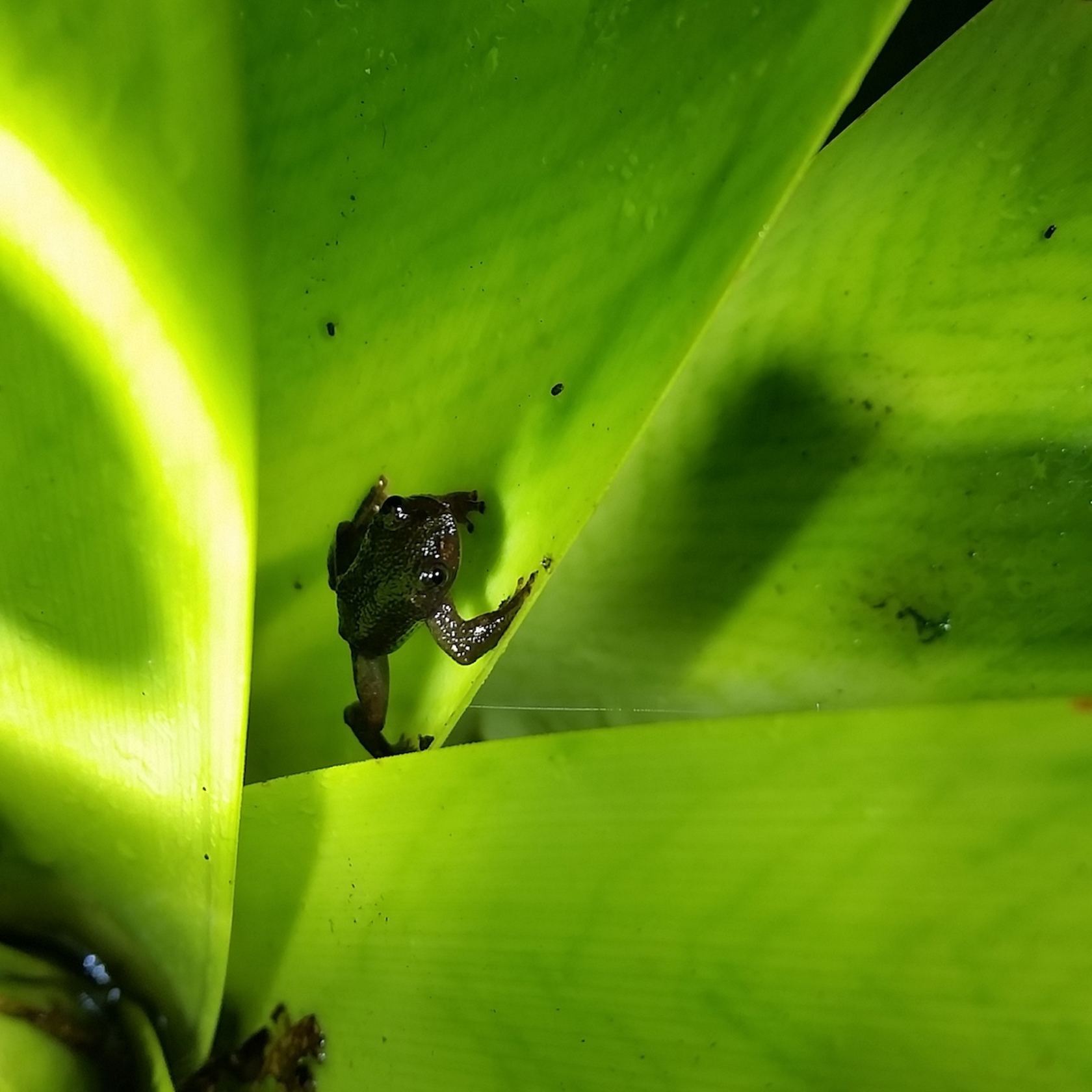
Amphibians are facing huge threats
Habitat loss is one of the biggest threats to amphibians, alongside climate change, disease, invasive species and the illegal wildlife trade. As global human populations rise, more pressure is being placed on natural resources. As a result, amphibians have lost huge areas of habitat to agriculture, livestock production, logging, urbanization and other activities.
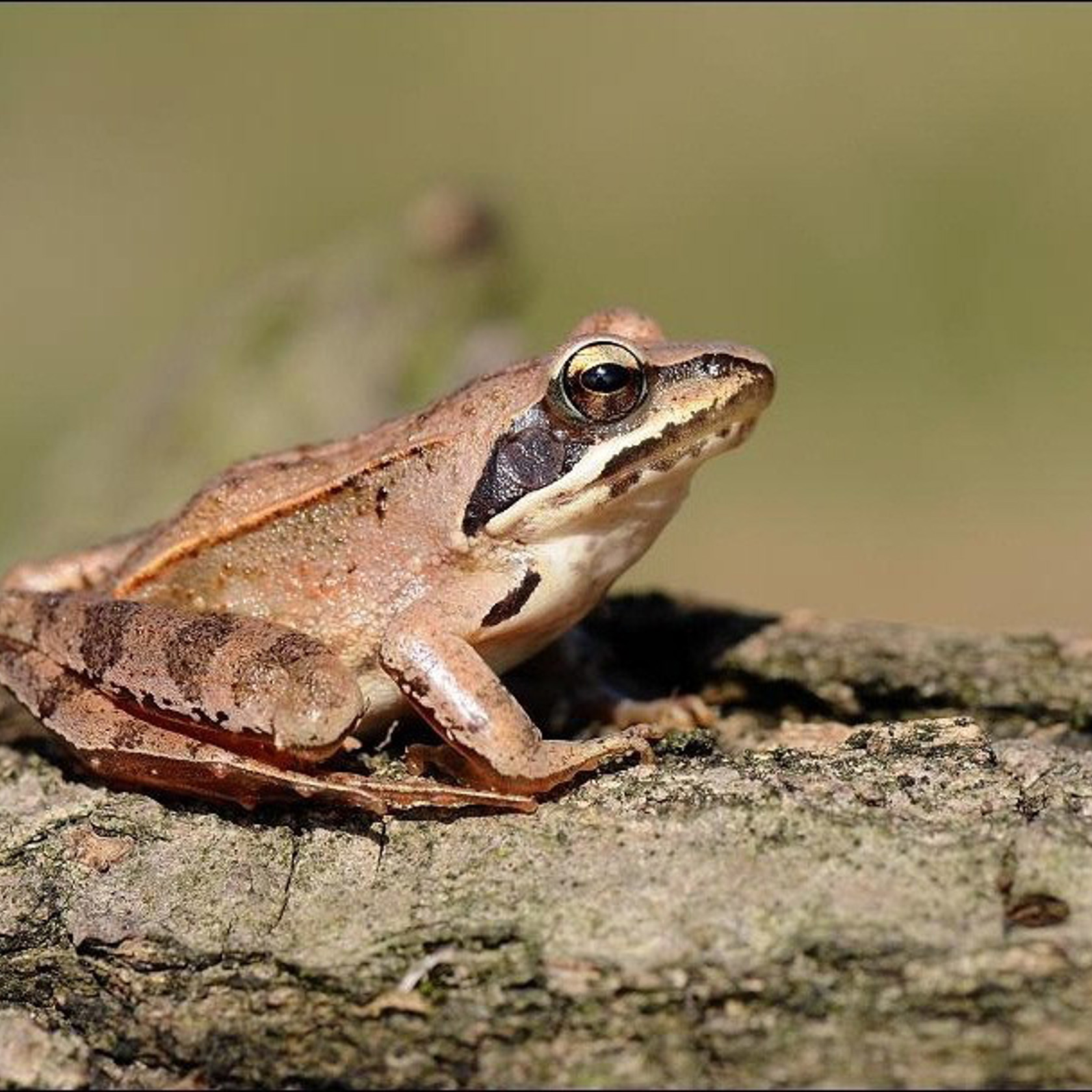
Sensitive to change
Amphibians have delicate and permeable skins, so they are highly susceptible to toxins and pollutants. They’re also very sensitive to environmental changes, including fluctuations in humidity and temperature, so when their habitat changes, they are unable to adapt as well as other species. Sensitivity to their environment means amphibians are greatly affected by climate change. Their breeding season is largely driven by environmental cues such as temperature and moisture. Climate change can lead to rains coming late or not at all, meaning amphibians won’t be able to breed as effectively. Changes in temperature can also make amphibians become more susceptible to disease.
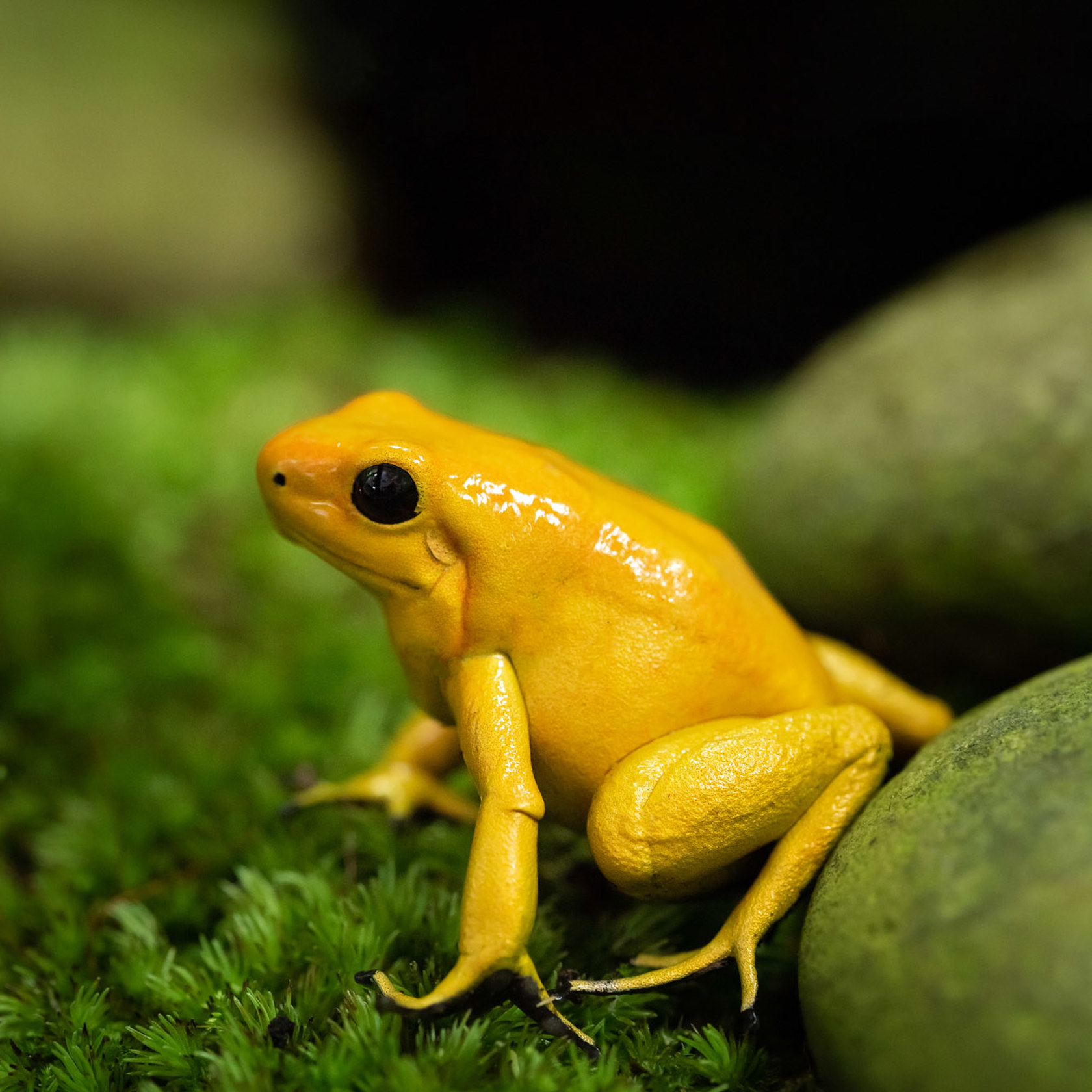
A deadly disease
Chytridiomycosis is a deadly and highly infectious disease caused by a chytrid fungus known commonly as Bd. It’s known to be of the worst vertebrate diseases ever recorded and has affected over 30% of amphibians worldwide. An estimated 99% of the global mountain chicken frog population has been decimated due to exposure to the fungus. There is currently no known method for eradicating chytrid from the wild, so we’re helping to find ways for amphibians to live alongside the fungus safely.
Our conservation work
What we're doing to help
Species we're helping
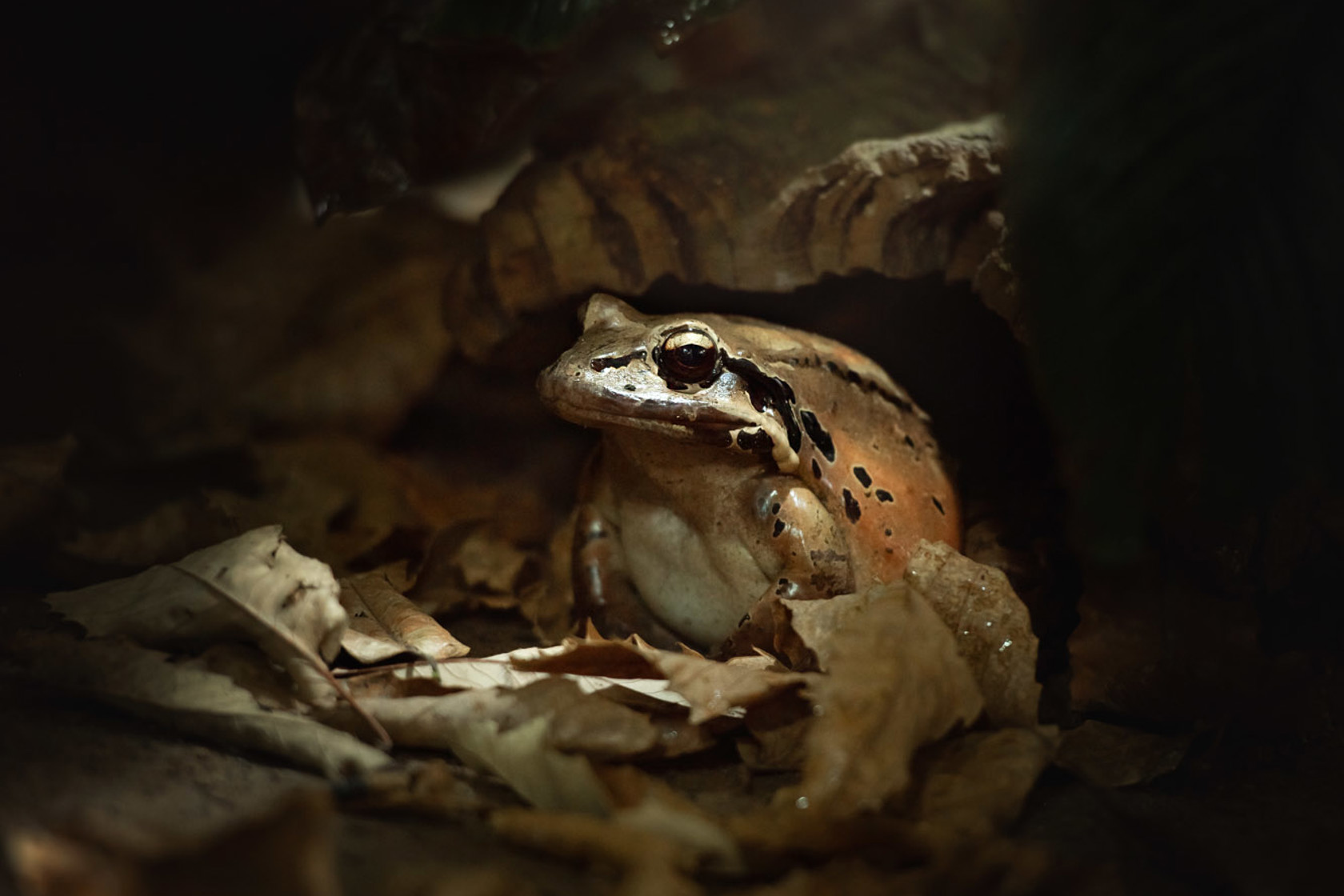
Mountain chicken frog
Learn more about the frog driven to the brink of extinction by a deadly microscopic fungus.
Learn more
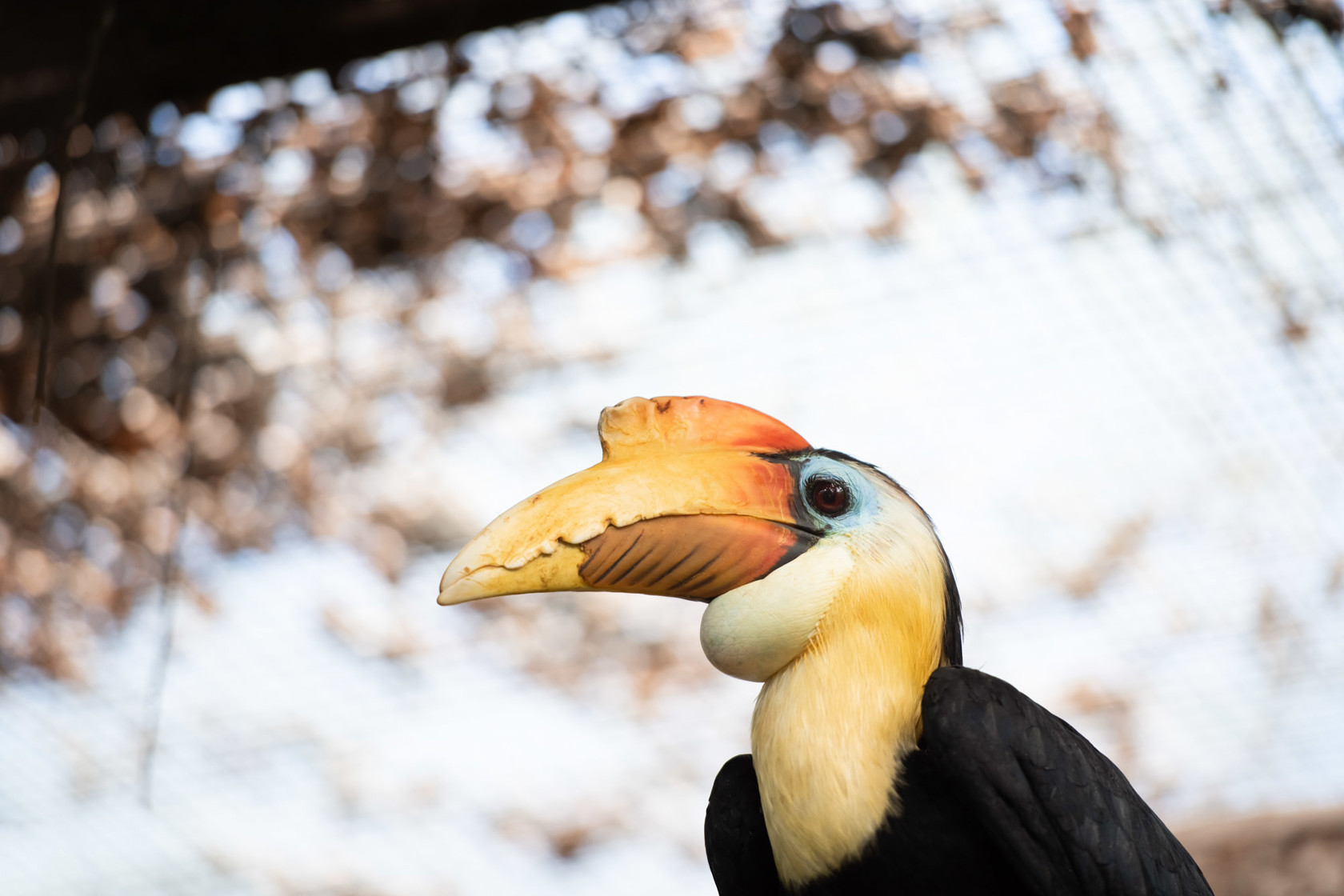
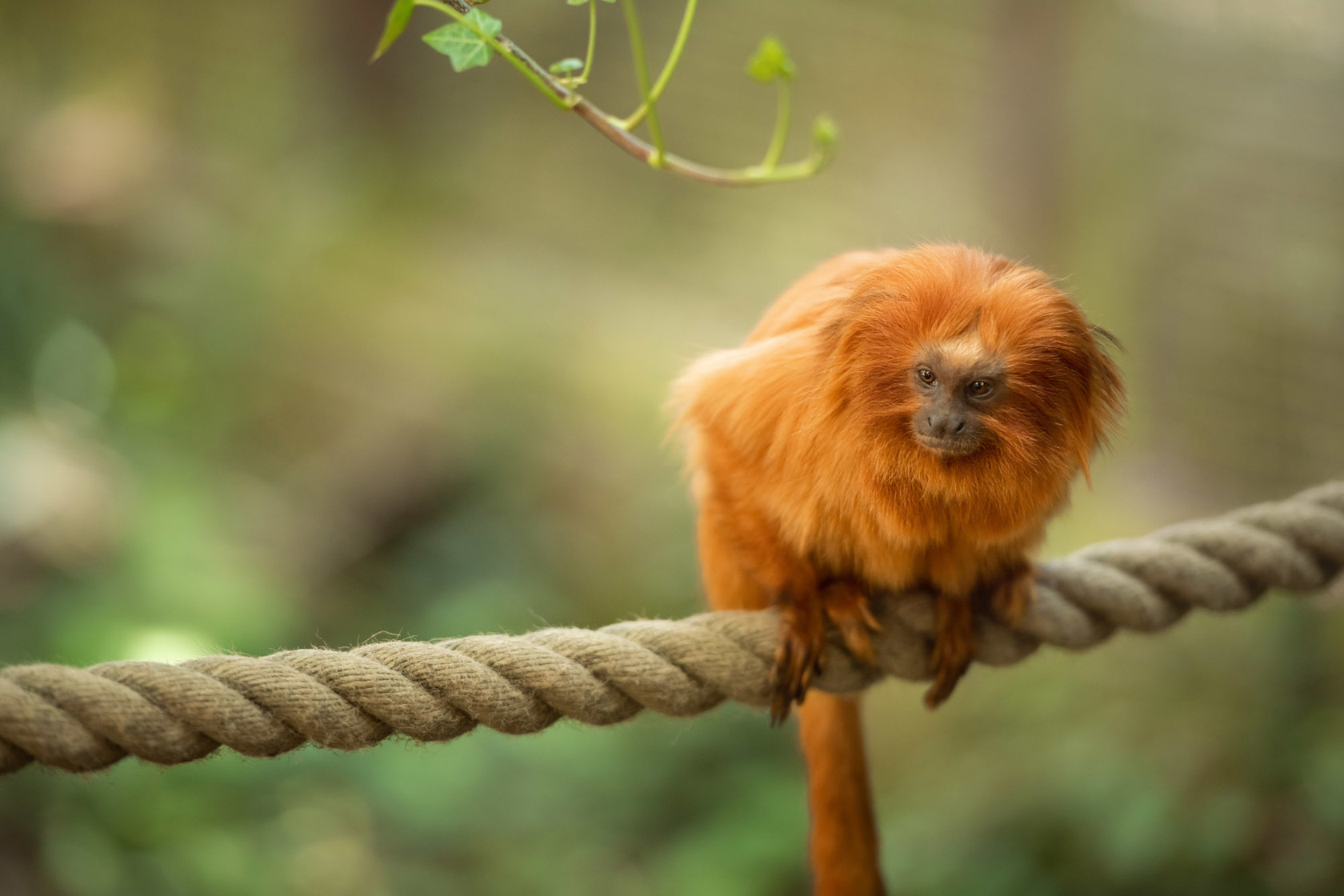
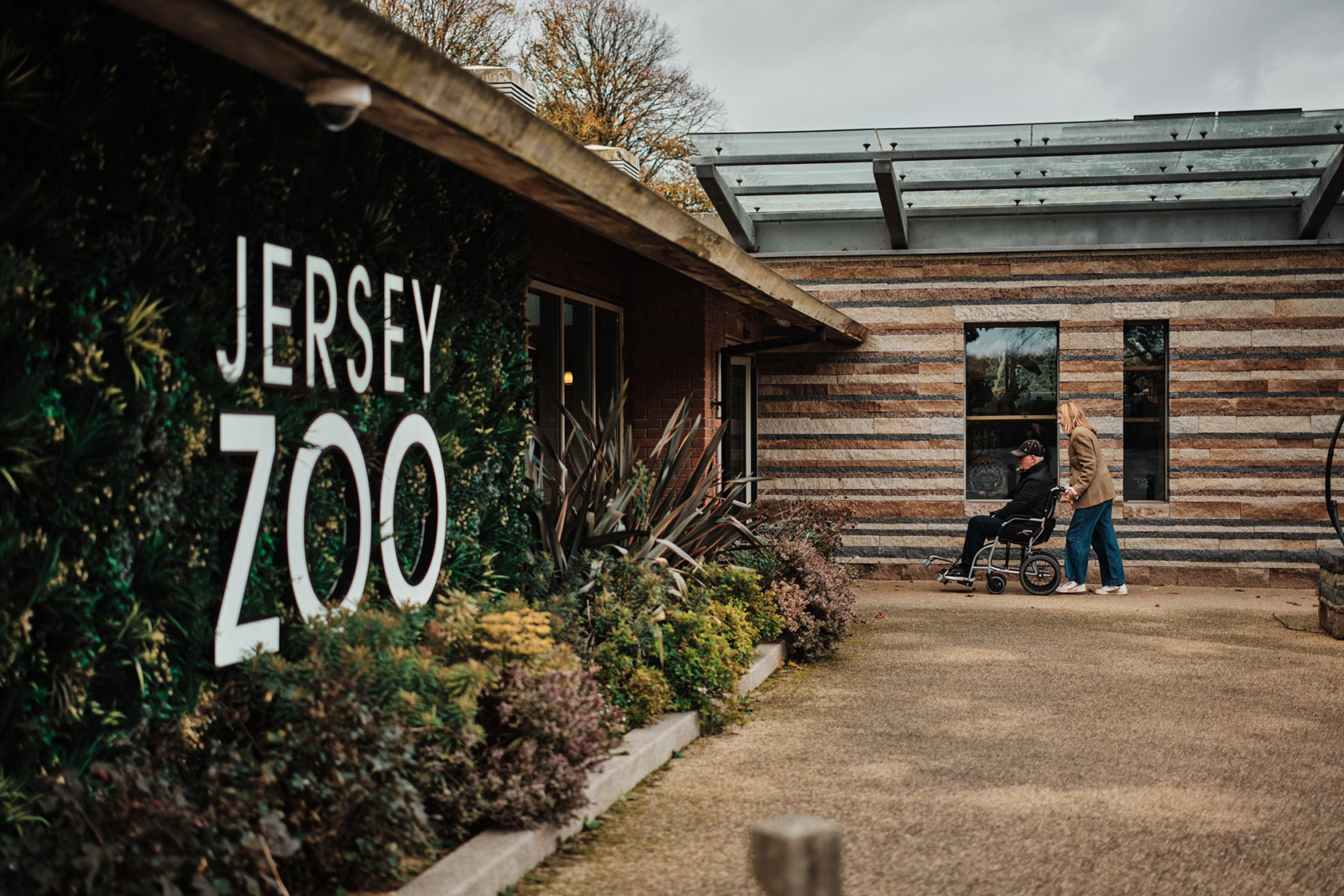

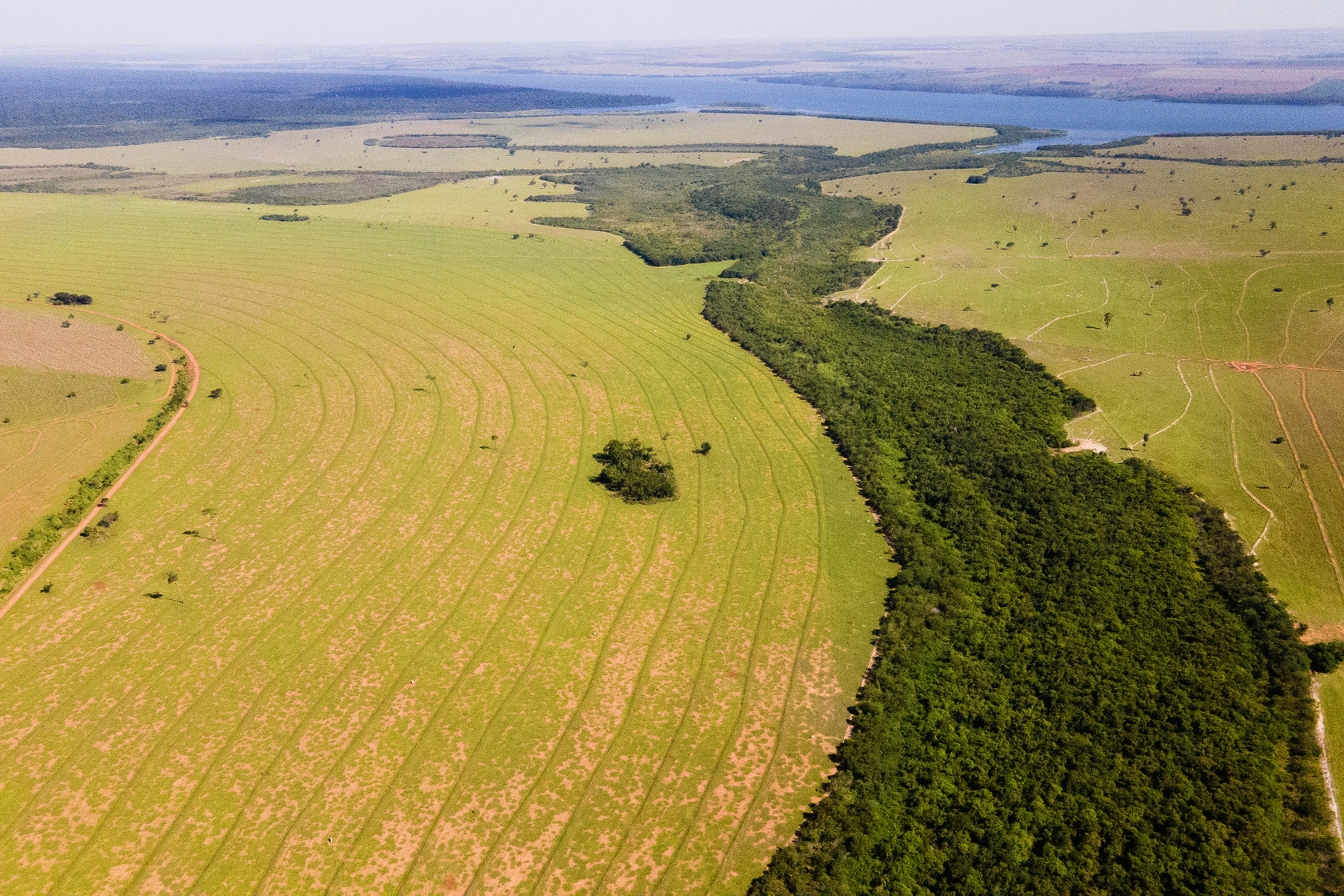
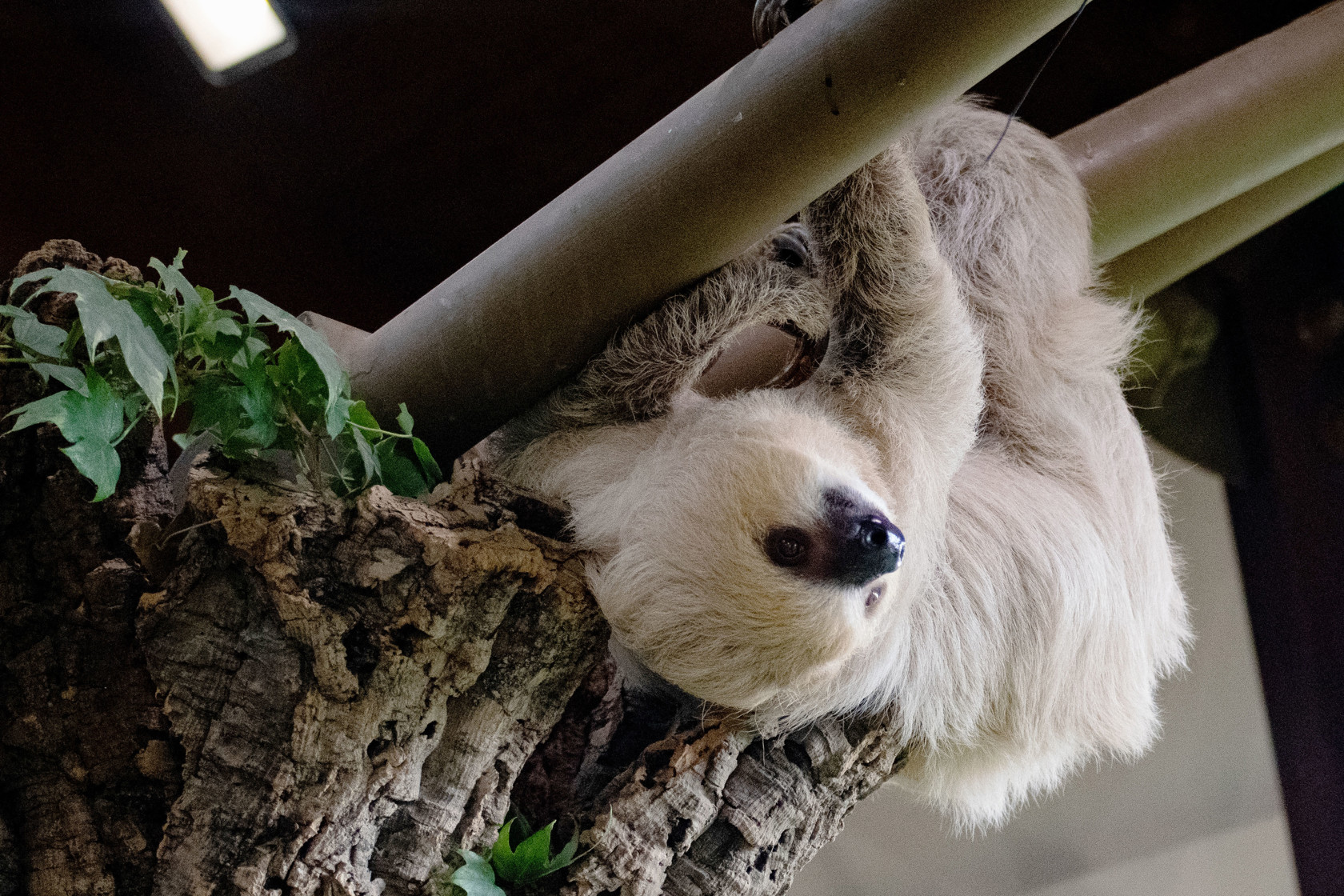
![Umbraco.Cms.Core.Models.MediaWithCrops`1[Website.Models.Image]](/media/jqjid5it/capivari-fire-brigade-credit-michel-becheleni-5.jpg?width=1680&height=1120&quality=90&v=1db762df17f0180)
![Umbraco.Cms.Core.Models.MediaWithCrops`1[Website.Models.Image]](/media/pypjor43/yangsan-clawed-salamander-onychodactylus-sillanus-copyright-kenneth-chin-yu-an-1.jpg?width=1680&height=1120&quality=90&v=1dae32cf5ddc930)
![Umbraco.Cms.Core.Models.MediaWithCrops`1[Website.Models.Image]](/media/sfhgfxpp/20-04-2020-001.png?rxy=0.32255527174034226,0.35187772518789151&width=1680&height=1120&quality=90&v=1d9fddb802b5950&format=jpg)
![Umbraco.Cms.Core.Models.MediaWithCrops`1[Website.Models.Image]](/media/n4zayqpw/ambohitantely-kat-mullin-1.png?width=1680&height=1120&quality=90&v=1d9fddb35577710&format=jpg)